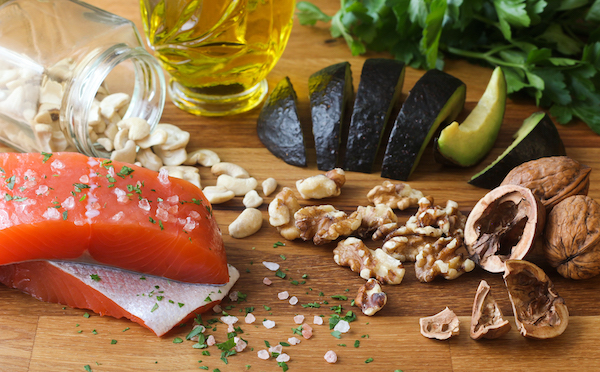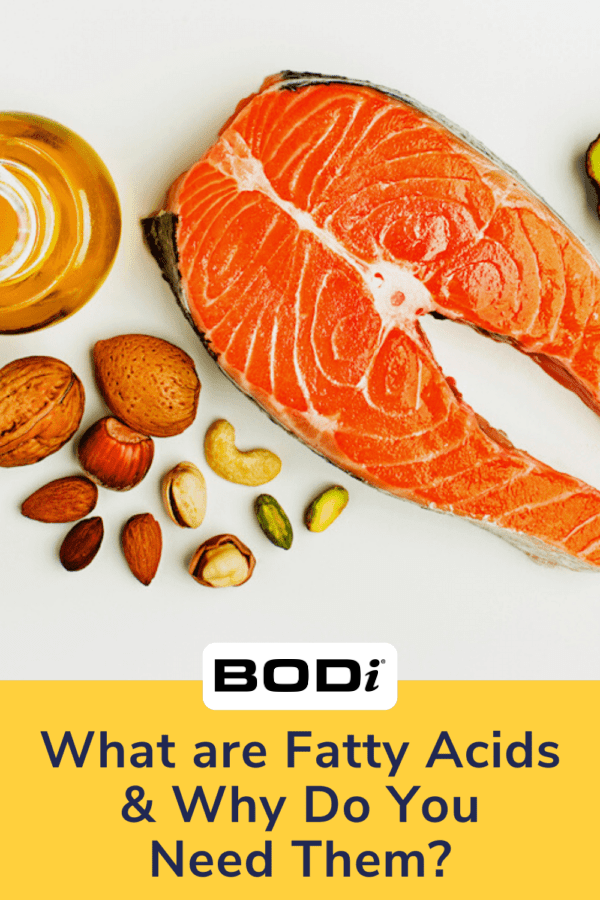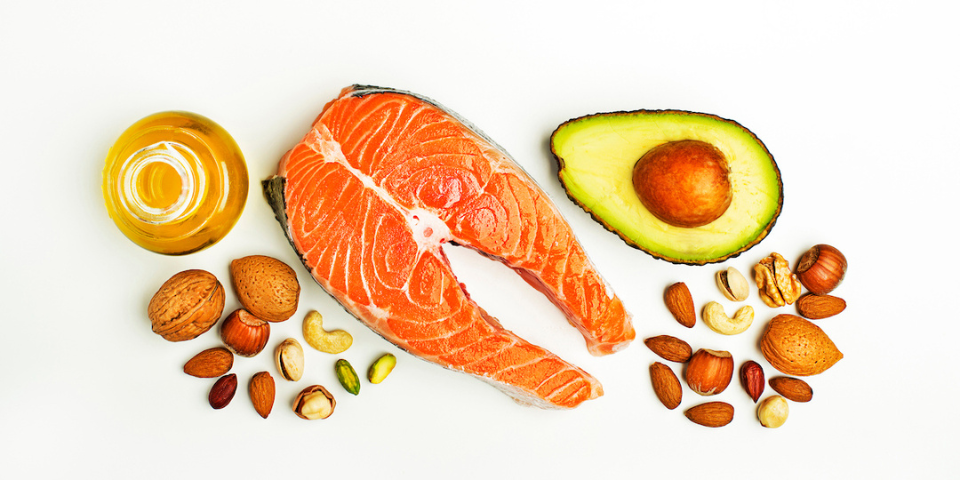As extra knowledgeable shoppers, we’ve come a good distance for the reason that anti-fat rhetoric that pervaded the diet area for a couple of years. We now know that fats is an necessary half of a balanced eating regimen and fatty acids like omega-3s are useful to our well being.
But what precisely are fatty acids, and are they the identical as fats? Why are they good for us? Here’s what you’ll want to know.
What Are Fatty Acids?
Fatty acids are carboxylic acids that encompass carbon and hydrogen atoms and function the constructing blocks of fats. They contribute to cell membrane help, long-term gasoline storage, and hormonal and metabolic signaling.
Depending on their chemical construction, fatty acids may be saturated or unsaturated, says Brittany Linn, RD, CDN, proprietor of B. Linn Nutrition in New York City.
Saturated fats comes from animal merchandise resembling meat, eggs and cream, together with sure plant-based oils. Because saturated fat are believed to negatively affect coronary heart well being, the American Heart Association recommends limiting saturated fats consumption to round 5 % of your whole each day energy.
Monounsaturated fatty acids (MUFA) and polyunsaturated fatty acids (PUFA), however, are sometimes called “healthy fat” and are believed to have useful results on our total well being.
There are greater than 20 varieties of fatty acids present in meals, however three particularly get a lot of the hype for his or her well being advantages: omega-3, omega-6, and omega-9 fatty acids.
Types of Fatty Acids and Their Benefits
There are three most important forms of unsaturated fatty acids: omega-3, omega-6, and omega-9 fatty acids. The quantity within the title of every refers to the place the double bond is on the fatty acid chain, Linn explains. (Don’t fear, we received’t flip this right into a chemistry lesson.)
Omega-9 fatty acids are a kind of MUFA. Omega-3 and omega-6 fatty acids are forms of PUFAs, and each are thought-about to be a part of a nutritious diet.
Omega-3 and omega-6 fatty acids are thought-about “important” as a result of our our bodies can’t create them, which implies we have to get them from dietary sources. Omega-9s are nonessential as a result of our our bodies can manufacture them on their very own.
Here’s what you’ll want to find out about every kind of fatty acid.
Omega-3 fatty acids
Omega-3 fatty acids are polyunsaturated and come primarily from vegetation and fish. Types of omega-3s embrace eicosapentaenoic acid (EPA), docosahexaenoic acid (DHA), and alpha-linolenic acid (ALA). Along with a decrease threat of sure emotional and cognitive situations, omega-3 fatty acids are related to higher coronary heart and eye well being.
Omega-6 fatty acids
Omega-6 fatty acids are additionally polyunsaturated. While omega-6s are widespread in the usual American eating regimen, the one it’s best to pay most consideration to is linoleic acid, which, together with omega-3s, has been linked to improved coronary heart and mind well being.
Omega-9 fatty acids
Omega-9 fatty acids aren’t talked about as typically as omega-3 and omega-6 fatty acids. While they’re nonessential, omega-9 fatty acids are believed to have many well being advantages, so it’s nonetheless a good suggestion to include them in your eating regimen.
How Much Fatty Acid Should You Consume?
Fats are an necessary element of a nutritious diet. Individual wants could differ, however round 30 % of your energy every day ought to come from fat. (The remaining 70 % would come from protein and carbohydrates.) Ideally, the vast majority of that 30 % will come from healthy fat — such because the omegas talked about earlier — whereas limiting saturated fat and utterly avoiding trans fat.
Best Sources of Fatty Acids

In many meals, omega-3, omega-6, and omega-9 fatty acids are all current — so the listing under is predicated on which fatty acid they comprise essentially the most of, Linn says. All three forms of fatty acids are useful, however understand that omega-3 and omega-6 fatty acids can’t be produced by your physique, so it’s particularly necessary to get these from dietary sources.
Omega-3 sources
- Fish and different seafood (particularly cold-water fatty fish like salmon, sardines, herring, and mackerel)
- Flax seeds and flaxseed oil
- Chia seeds
- Walnuts and walnut oil
Omega-6 sources
- Grapeseed oil
- Soybean oil
- Corn oil
- Walnuts and walnut oil
- Firm tofu
- Sunflower seeds
Omega-9 sources
- Olive oil
- Cashew nut oil
- Almond oil
- Avocado oil
- Peanut oil


